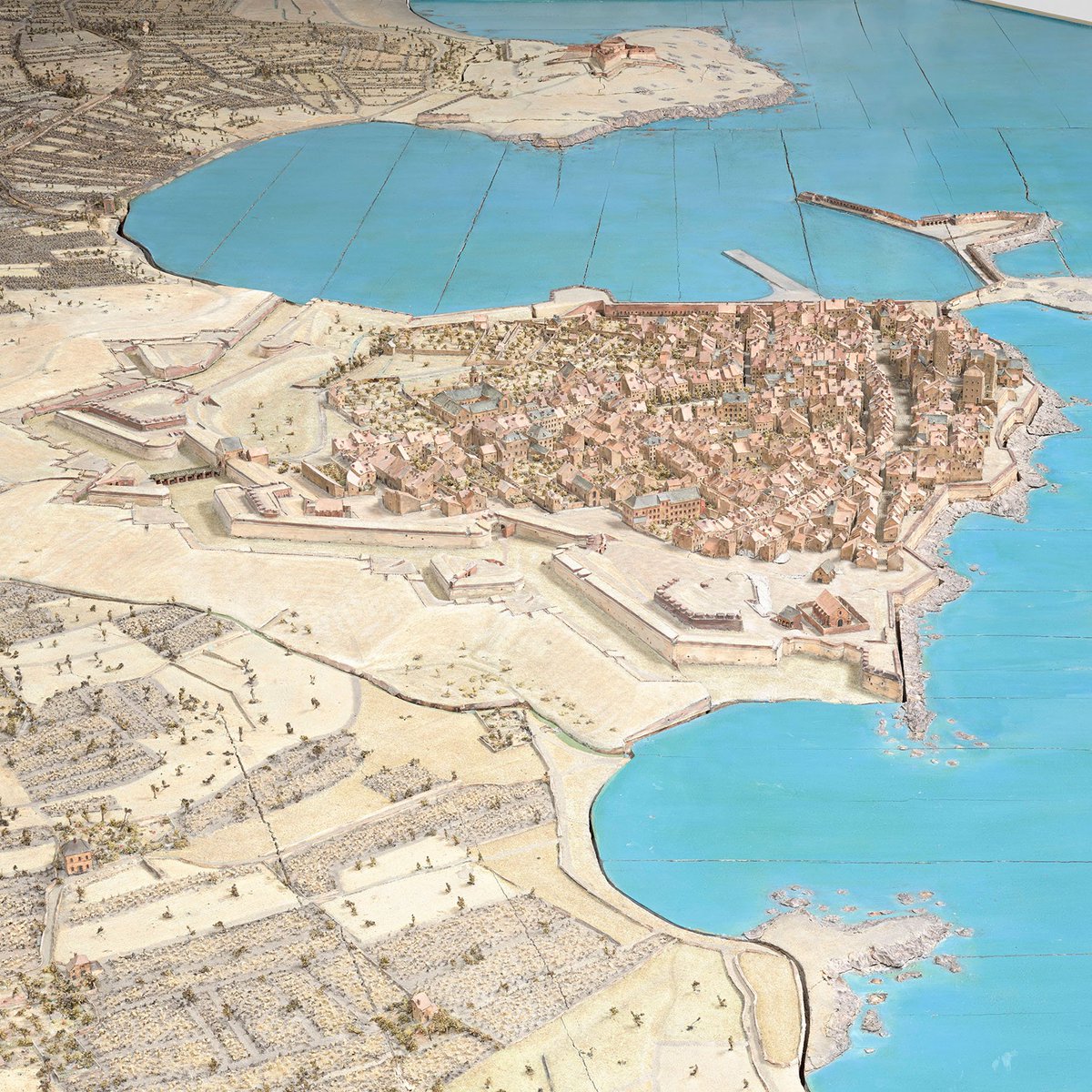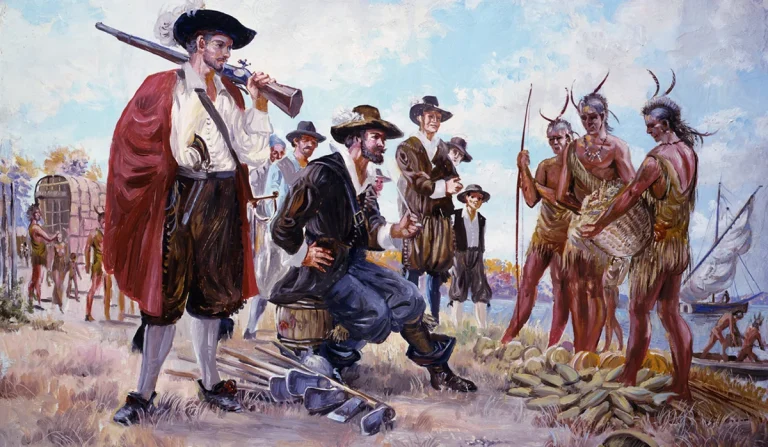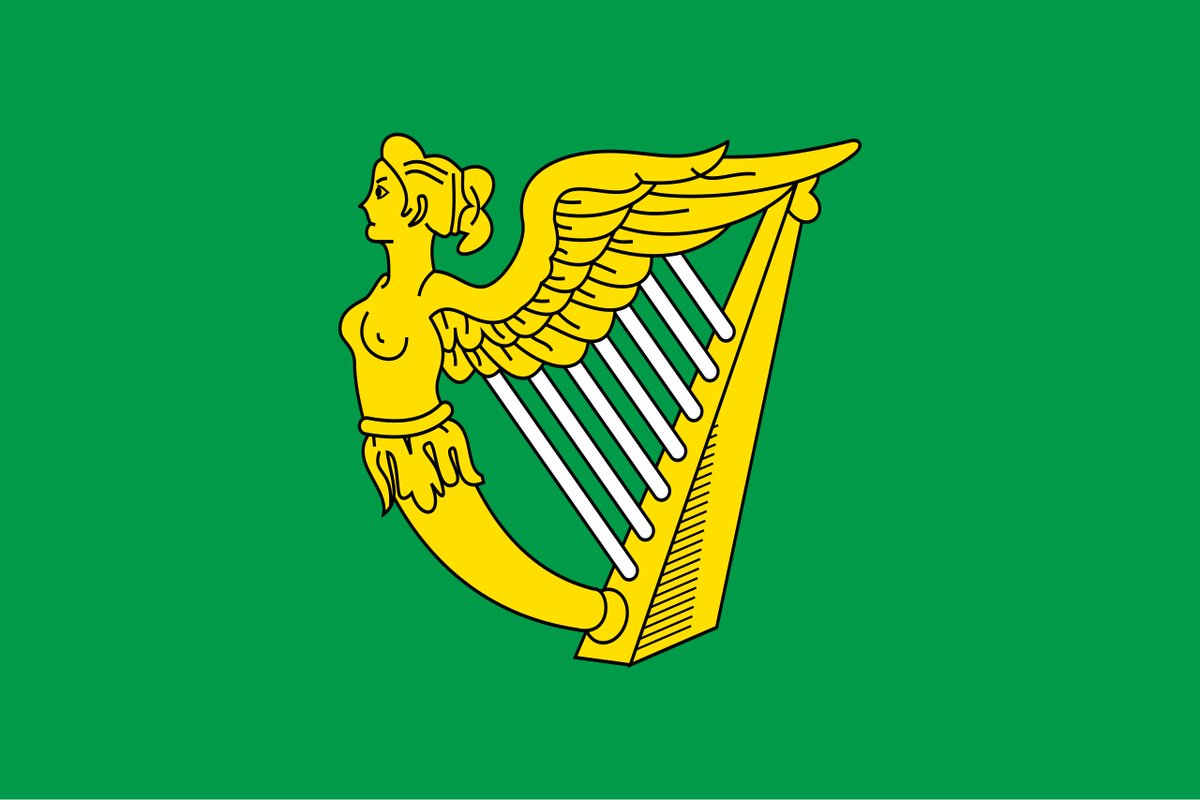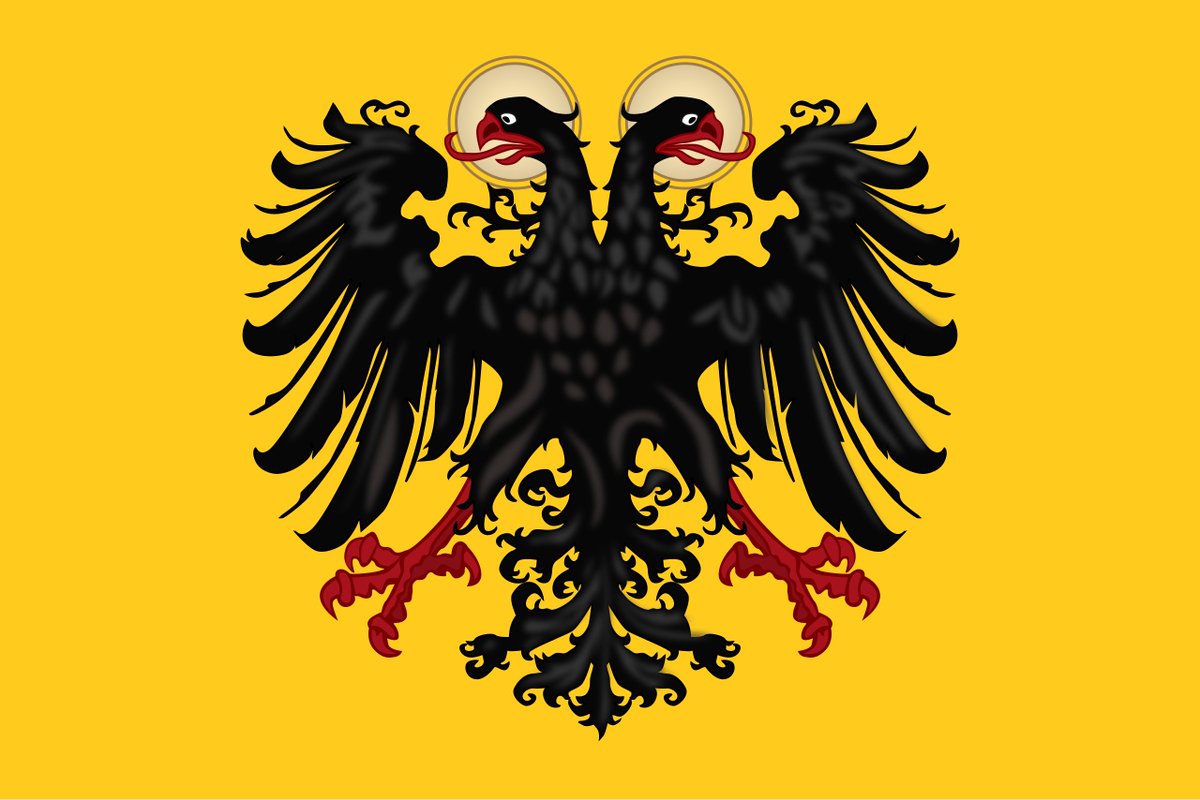Today 14 March is anniversary of the Battle of Ivry fought in 1590 during the French Wars of Religion. French King Henry IV defeated the Catholic League. The King demonstrated his courage by personally leading the crucial cavalry charge! 

A year before, the new Protestant French King Henry IV had been successfully campaigning against the Catholic League in Normandy and had defeated the League's army led by Duke of Mayenne at Arques near Dieppe. 

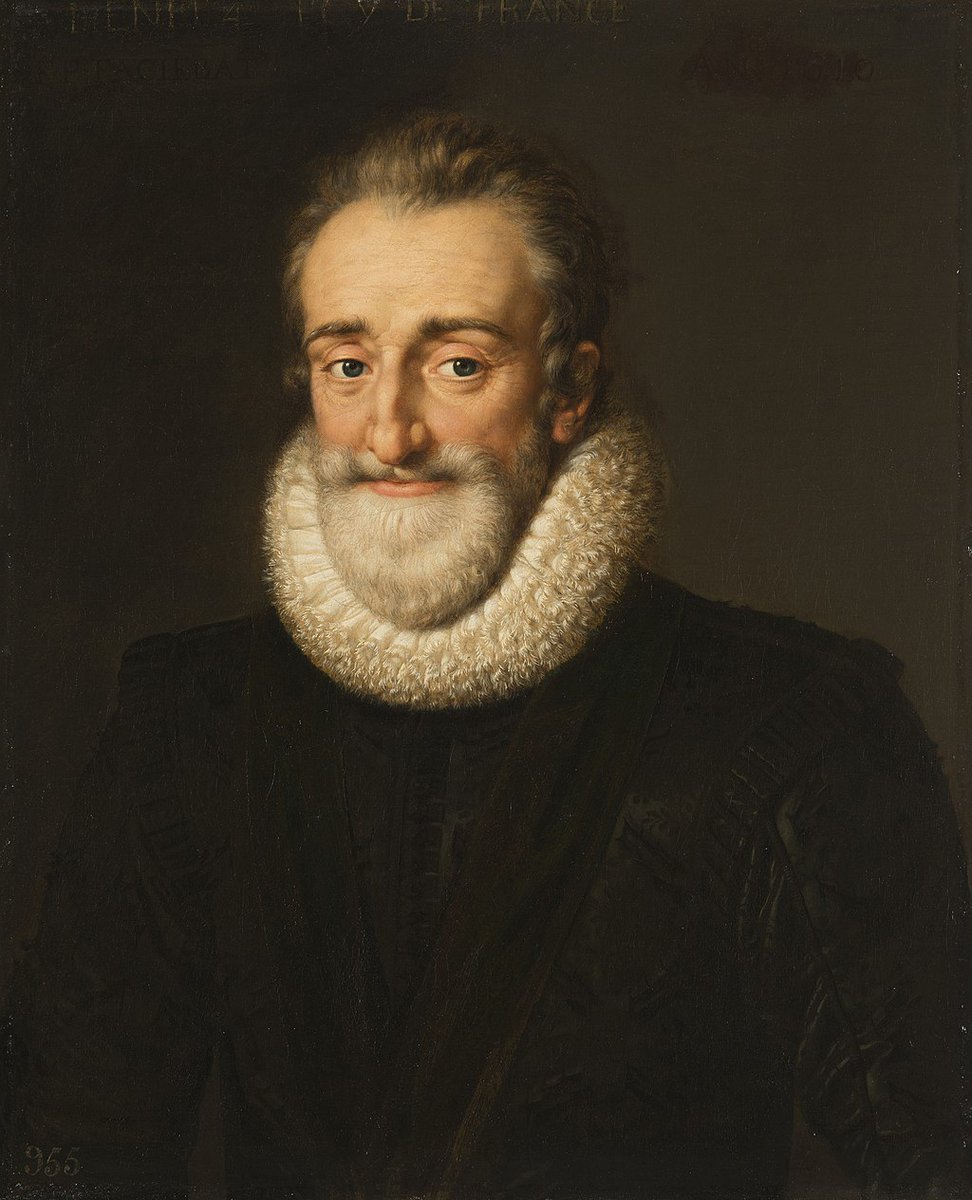

In early 1590 the two armies would meet again as King Henry IV was endangering the Catholic League stronghold Paris and Mayenne had to react. The battle would take place at Ivry. 

Mayenne had a slightly bigger army of 13000 infantry and 4000 cavalry compared to 12000 infantry and 3000 cavalry commanded by Henry IV. Both armies had a significant amount of foreign soldiers. The Catholic army was enforced by the Spanish while Henry had English reinforcements. 

Swiss mercenaries were present in both armies. The Catholic League also had some German mercenaries. During the French Wars of Religion cavalry played more important role than in other conflicts in the "pike and shot" era, and Ivry would be another example of that. 



After a brief artillery exchange the cavalries would start clashing in fierce charges. Infantry did not play much of a role in this battle. Henry's cavalry used a mixture of "reiter" pistol and shock tactics. They fired at enemy with pistols and then charged with swords! 

King Henry displayed much courage as he led the charges in front of his cavalrymen, putting himself in much danger. In his speech he said, "If you lose your ensigns, cornets or flags, do never lose sight of my panache; you will always find it on the road to honour and victory." 
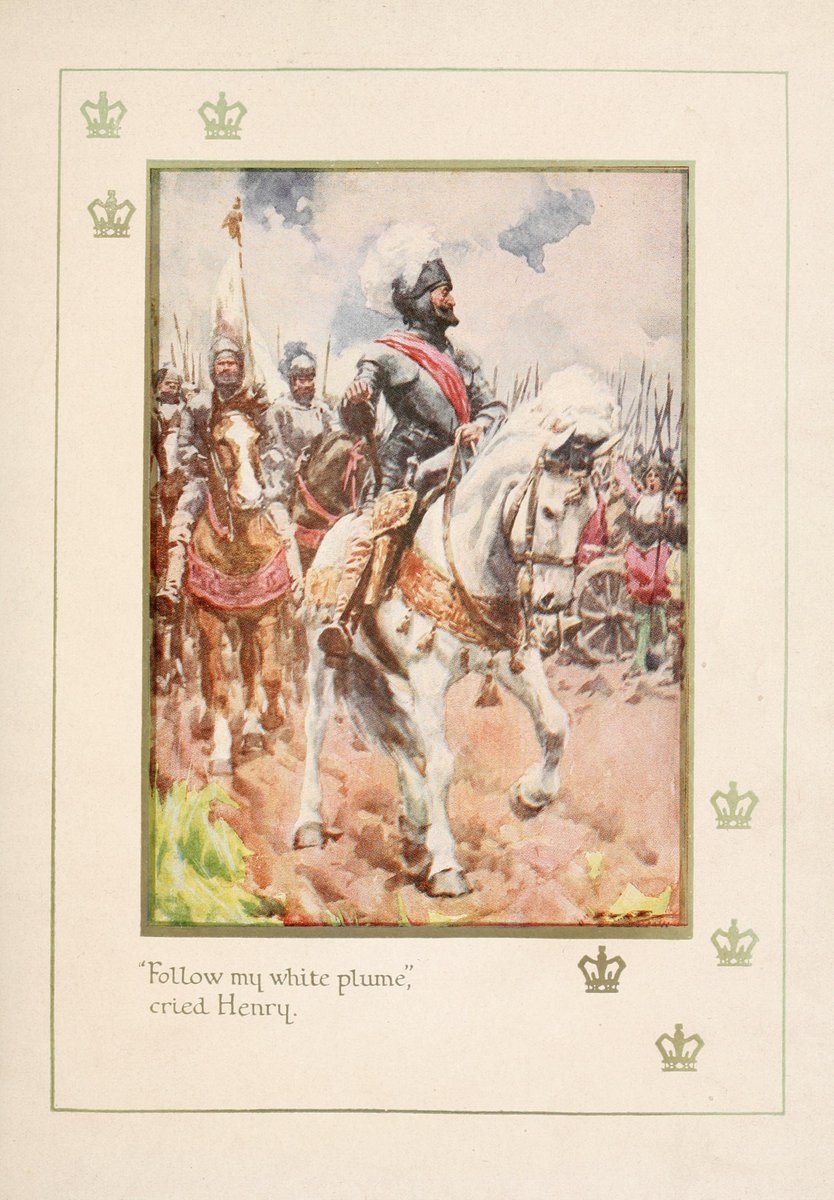
In about an hour of battle the Catholic League cavalry was routed and the battle was won by Henry. However he was unable to take his main goal of Paris afterwards as the Spanish army of Farnese came to help the defenders and lifted the siege. 

• • •
Missing some Tweet in this thread? You can try to
force a refresh









